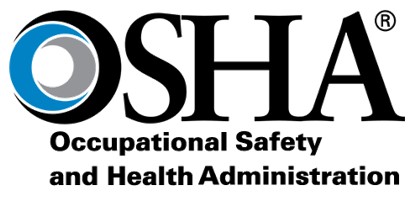OSHA Focusing on Combustible Dust in Truss Manufacturing
Originally Published by: OSHA — January 27, 2023
SBCA appreciates your input; please email us if you have any comments or corrections to this article.
The U.S. Department of Labor's Occupational Safety and Health Administration today issued a revised Combustible Dust National Emphasis Program. Any combustible material can burn rapidly when in a finely divided form. If such a dust is suspended in air in the right concentration, under certain conditions, it can become explosible. The purpose of the revised emphasis program is to continue OSHA inspections of facilities that generate or handle combustible dusts likely to cause fire, flash fire, deflagration and explosion hazards.

The NEP was revised based on enforcement history and combustible dust incident reports. In 2018, wood and food products made up an average of 70 percent of the materials involved in combustible dust fires and explosions. Incident reports indicate that the majority of the industries involved in combustible dust hazards are wood processing, agricultural and food production and lumber production, but others are susceptible as well.
The revised program sets forth a new approach for locating and inspecting subject establishments. The following industries were added to the program because OSHA found they had a higher likelihood of having combustible dust hazards or experienced combustible dust-related fatalities/catastrophes:
- 311812 - Commercial Bakeries
- 325910 - Printing Ink Manufacturing
- 321912 - Cut Stock, Resawing Lumber, and Planning
- 316110 - Leather and Hide Tanning and Finishing
- 321214 - Truss Manufacturing
- 424510 - Grain and Field Bean Merchant Wholesalers
OSHA initiated the Combustible Dust NEP in October 2007 after a number of combustible dust incidents that resulted in numerous fatalities and serious injuries. The agency reissued the emphasis program in March 2008 after a combustible dust explosion at a sugar refinery in Georgia. Since 2007, the agency has conducted about 600 inspections annually under this emphasis program.
"The combustible dust NEP is one the agency's important programs for proactively inspecting the nation's most hazardous facilities before a catastrophic incident occurs," stated Assistant Secretary for Occupational Safety and Health Doug Parker."The results of a combustible dust fire or explosion can be catastrophic to workers and the facilities that they work."
This revised NEP directive replaces the March 2008 directive and remains in effect until OSHA issues a cancellation notice. This revised directive does not replace another similar OSHA directive referred to as the grain handling facility directive but it may cover operations involving grain processing that are outside the scope of the grain handling directive.
Learn more about OSHA and about combustible dust from OSHA.
